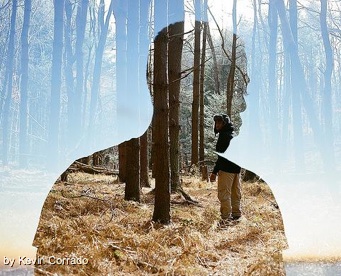This article is from the Black Health Network:
Painting Insanity Black
By Annie Murphy Paul
It took only a few weeks on the job for William Lawson to notice that there was something very strange going on. The psychiatrist had just joined the staff of the John L. McClellan Veterans Hospital in North Little Rock, Ark., and already he had seen patient after patient — dozens of them, as it turned out — with the same ill-fitting diagnosis. All African-American men, all veterans of combat in the Vietnam War, they suffered from terrifying nightmares, gut-twisting anxiety,
flashbacks of fighting — classic symptoms of post-traumatic stress disorder (PTSD). Yet they’d been assigned a very different condition: schizophrenia.
Lawson immediately took the men off the anti-psychotic medication they’d been prescribed, replacing it with the psychotherapy and antidepressants that have proven effective in relieving PTSD. Under the new treatment regime, most of the patients made a quick recovery. Mistakes like the ones he discovered may be odd, but they’re far from uncommon, says Lawson, now a professor at Indiana University and the co-editor of Cross-Cultural Psychiatry (Wiley, 1999).
Studies going back to the 1960s show that African-Americans are significantly more likely to be diagnosed with schizophrenia than whites, a discrepancy due at least in part to clinician error. The rates of such mislabeling vary with the type of facility –they’re much lower, for example, in hospitals affiliated with universities — but Lawson estimates that in overburdened community mental-health centers, as many as 30 percent of black patients diagnosed with schizophrenia actually have some other illness.
